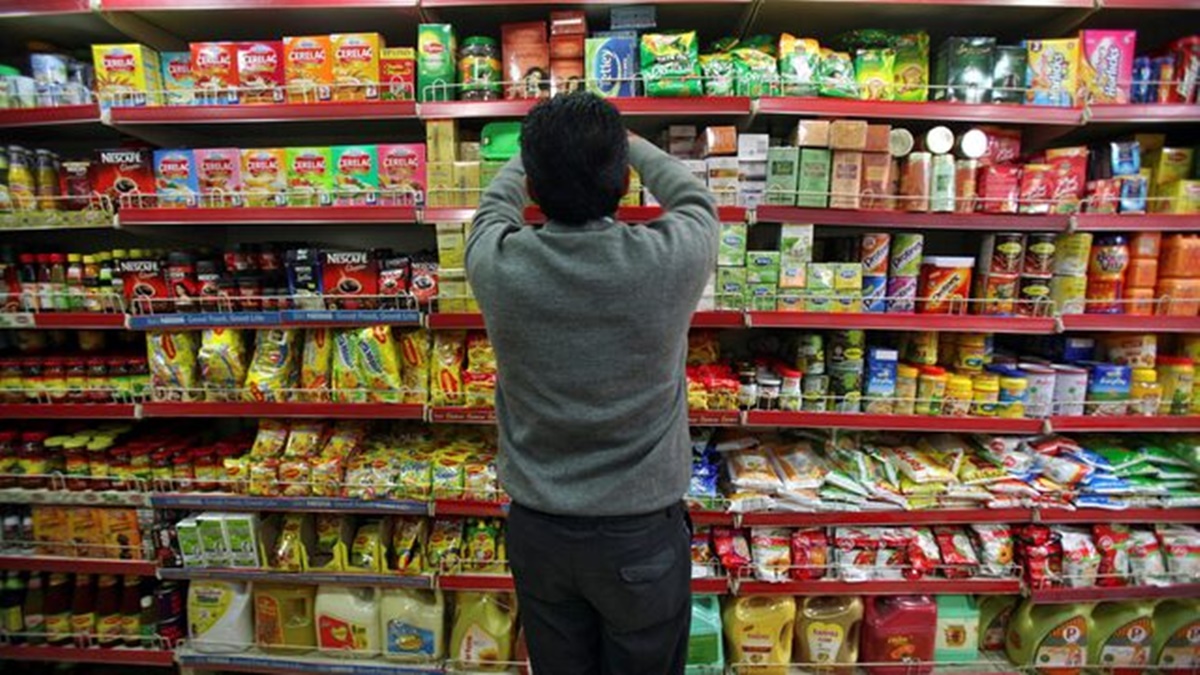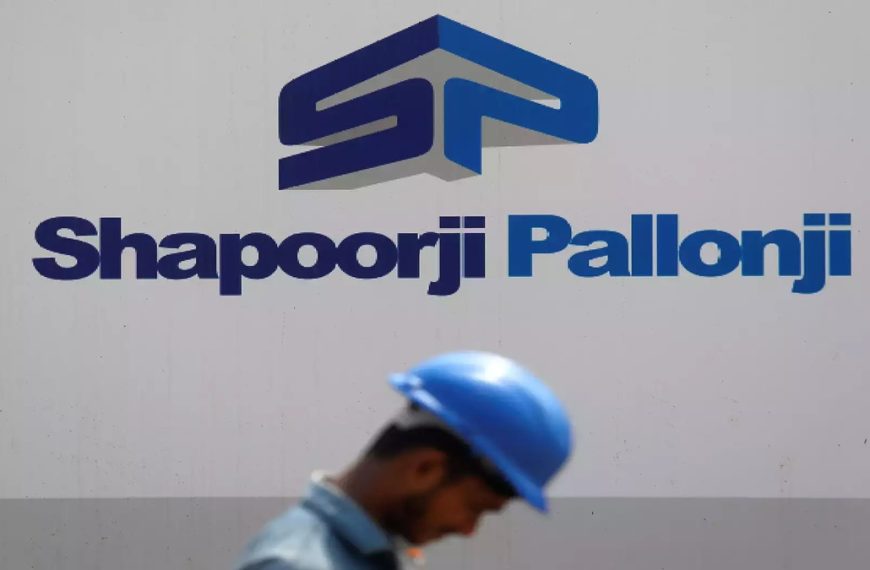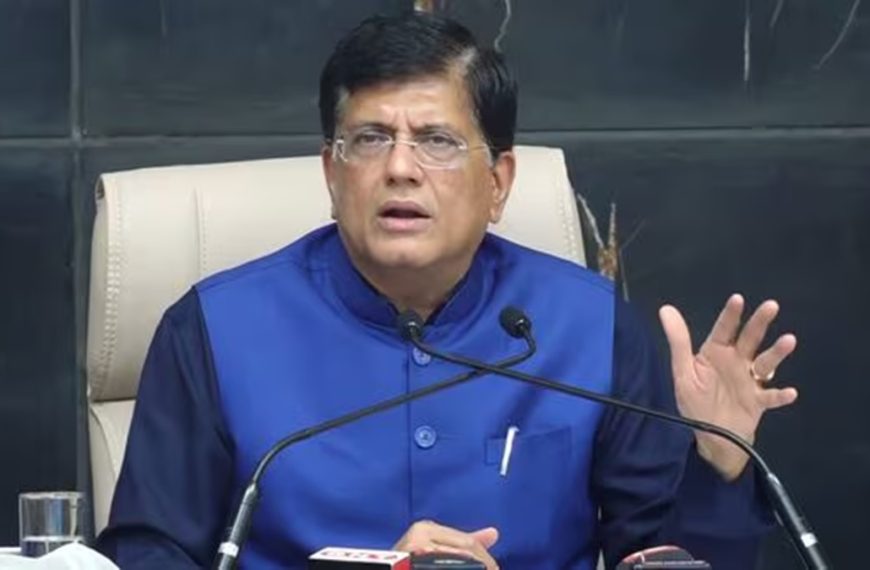The latest quarterly reports from fast-moving consumer goods (FMCG) companies for the January-March 2025 period (Q4FY25) reveal a mixed landscape for the sector. While urban demand has struggled to gain momentum, the rural market has shown surprising resilience, hinting at potential improvements in the coming months.
Mixed Signals in FMCG Performance
Marico, a prominent player in the FMCG sector, recently disclosed a sequential increase in volume growth for its domestic operations, contributing positively to its overall revenue for the quarter. Conversely, Dabur, which has a strong focus on rural markets, reported a mid-single-digit decline in its India business during the same timeframe. Notably, both companies generate approximately 75% of their total revenue from domestic sources.
-
Dabur’s Performance:
- Overall FMCG trends were reported as subdued in Q4.
- Despite this, Dabur’s food segment, which includes brands like Hommade and Badshah, is forecasted to achieve double-digit growth.
- Marico’s Outlook:
- The company remains optimistic, anticipating continued double-digit revenue growth for FY26.
- Marico highlighted its commitment to brand investment, aiming to strengthen its market presence.
Stock Market Reactions
The contrasting performances of Dabur and Marico were evident in the stock market on Thursday. Dabur’s shares fell by 6%, closing at Rs 465.60, while Marico’s stock experienced a slight increase of 0.66%, reaching Rs 660.70.
According to a report by global brokerage Nomura, FMCG demand has remained stable through the March quarter, following a challenging fiscal year. It projected a 5.2% growth in FMCG sales, primarily driven by price increases and stable volume growth. The brokerage also noted that moderating inflation could gradually improve urban demand.
Factors Influencing Performance
Dabur attributed its lackluster Q4 results to factors such as delayed winters. Despite these challenges, the company expects its food business to stand out and deliver strong growth. The firm anticipates a contraction in operating profit margins, projected to decline by 150-175 basis points year-over-year, with consolidated revenue remaining flat.
In contrast, Marico’s confidence in the market remains intact. The company is optimistic about achieving high-teens consolidated revenue growth in Q4, driven by improving consumption patterns. Marico also indicated that easing inflation, particularly in copra and vegetable oil, might alleviate some pressure on consumer spending.
Conclusion
As the FMCG sector navigates these mixed performance indicators, the focus will be on how rural resilience and urban recovery can reshape the outlook for companies like Marico and Dabur. With ongoing inflationary concerns and evolving consumer dynamics, the next quarters will be crucial for these industry leaders.
For further insights into the FMCG landscape and market trends, consider checking resources like MCX India or Economic Times.











